The Ultimate Guide to Choosing the Right Chain Saw for Your Landscaping Needs
When it comes to maintaining a beautiful landscape, selecting the right tools is crucial, and a chain saw stands out as one of the most essential devices for any landscaping project. With a multitude of options available on the market, it’s important to understand the various types of chain saws and their specific functionalities to ensure you choose the perfect one for your needs. Whether you're tackling heavy-duty tree felling or engaging in delicate pruning, knowing the right chain saw type can significantly impact your efficiency and safety.
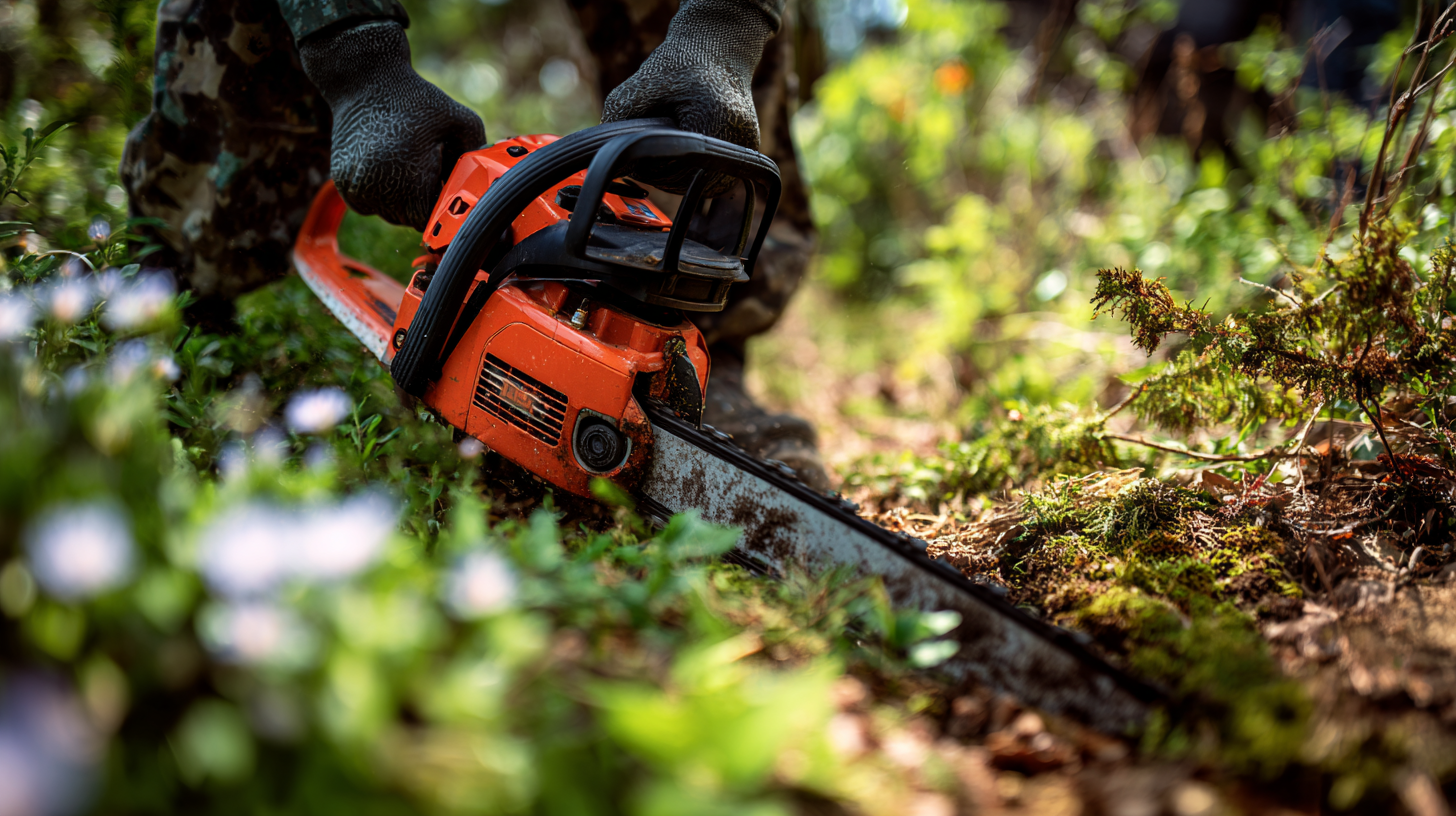
This guide will navigate through the complexities of chain saw selection, exploring different models, features, and their ideal applications, helping you make an informed decision that aligns with your landscaping ambitions. By the end, you will be equipped with the knowledge to confidently choose a chain saw that meets your unique requirements and enhances your outdoor projects.
Key Factors to Consider When Selecting a Chainsaw for Landscaping Projects
When choosing the right chainsaw for your landscaping projects, there are several key factors to consider that will ensure you select the best tool for your needs. First and foremost, assess the scale of your landscaping tasks. For small to medium-sized jobs, a lightweight chainsaw with a smaller bar length may suffice, allowing for easy maneuverability and reduced fatigue during use. However, larger projects involving thicker branches or tree felling will require a more powerful model with a longer bar, ensuring efficiency and safety.
Another crucial aspect is the type of chainsaw fuel. Electric chainsaws are quieter, lightweight, and require less maintenance, making them ideal for residential areas and smaller jobs. In contrast, gas-powered chainsaws provide greater power and autonomy, crucial for extensive landscaping tasks. Additionally, consider the chainsaw’s safety features, such as chain brakes and automatic oilers, which can significantly enhance user protection and improve the longevity of the tool. By evaluating these factors, you can make a well-informed decision that aligns with both your project requirements and safety standards.
The Ultimate Guide to Choosing the Right Chain Saw for Your Landscaping Needs
| Feature | Description | Importance |
|---|---|---|
| Power Type | Electric vs. Gas - Electric is quieter and easier to maintain, while gas offers more power for heavy jobs. | High |
| Bar Length | Usually ranges from 10 to 24 inches; longer bars are suitable for larger cuts. | Medium |
| Weight | Lighter chainsaws are easier to handle for extended periods but may sacrifice power. | High |
| Safety Features | Look for features like chain brakes, low kickback bars, and hand guards. | Critical |
| Price | Consider your budget; more expensive models often provide better durability and features. | High |
| Ease of Maintenance | Some models have tool-free chain tensioning and easy-access air filters. | Medium |
5 Essential Chainsaw Features That Enhance Efficiency and Safety
When selecting a chainsaw for landscaping, it's essential to focus on features that enhance both efficiency and safety. One critical feature is the chain brake, which halts the chain's movement instantly in case of kickback, providing peace of mind during operation. Additionally, an automatic oiler ensures that the chain remains lubricated, maximizing its performance and reducing wear over time. This feature greatly lessens the risk of overheating, allowing for longer periods of use without interruption.
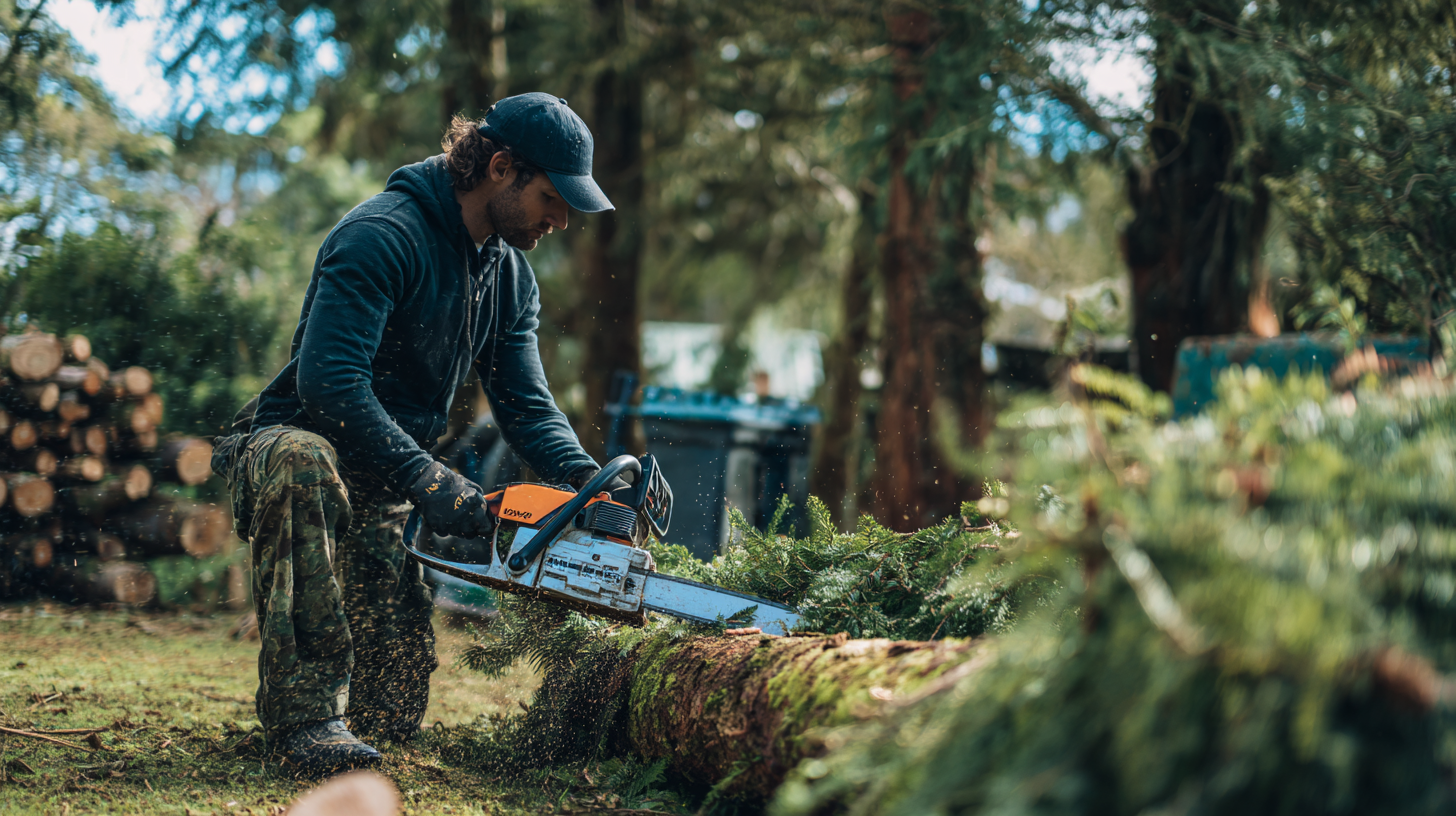
Another important aspect is the weight and balance of the chainsaw. A lightweight model can enhance maneuverability, particularly for extended periods of use, while an ergonomic handle design can significantly reduce fatigue. Furthermore, a chainsaw equipped with anti-vibration technology minimizes hand and arm strain, allowing for more precise handling, especially when working on intricate landscaping tasks. These essential features not only improve operational effectiveness but also ensure a safer and more enjoyable user experience.
Top 3 Chainsaw Types for Different Landscaping Tasks
When selecting the right chainsaw for landscaping tasks, understanding the different types available is crucial for optimal performance. There are mainly three types of chainsaws suited for various landscaping needs: gas-powered, electric, and battery-operated models. Gas-powered chainsaws are robust and ideal for heavy-duty tasks like felling larger trees and clearing dense brush, making them a favorite among professionals. For moderate tasks like pruning and trimming, electric chainsaws provide a quieter and more manageable option, perfect for residential use. Lastly, battery-operated chainsaws offer portability and convenience, allowing for easy maneuvering around gardens without the hassle of cords or fuel.
According to recent market forecasts, the U.S. outdoor power equipment market is expected to expand significantly, projecting a steady growth rate influenced by rising demand for efficient landscaping tools. The gardening tools segment, valued at approximately USD 93.2 billion, is anticipated to grow at a CAGR of over 5.7% from 2025 to 2034. This growth highlights the increasing importance that homeowners and landscaping professionals place on having the right tools at their disposal. Investing in a chainsaw that matches specific landscaping tasks not only improves efficiency but also enhances the overall quality of garden management.
The Ultimate Guide to Choosing the Right Chain Saw for Your Landscaping Needs
This chart illustrates the estimated monthly usage frequency of different types of chainsaws for landscaping tasks. Lightweight chainsaws are commonly used for simple pruning and trimming, while mid-range chainsaws are favored for more extensive landscaping projects. Heavy-duty chainsaws are utilized less frequently but are essential for larger tasks such as felling trees.
7 Must-Know Maintenance Tips for Prolonging Your Chainsaw’s Lifespan
Maintaining your chainsaw is crucial for ensuring its longevity and optimal performance. Here are seven essential tips that every chainsaw owner should know. First, always keep your chainsaw’s chain sharp. A dull chain requires more effort and can lead to accidents, so regularly check and sharpen it as needed. Secondly, ensure that the chain tension is properly adjusted. A loose chain can detach during use, while an overly tight chain can damage the saw.
Moreover, regular cleaning is vital. After each use, remove sawdust and debris from the air filter and cooling fins to prevent overheating. Additionally, change the bar and chain oil frequently to reduce friction and wear. Another important tip is to store your chainsaw in a dry place and cover it to protect it from dust and moisture.
Ensure you inspect the chainsaw before every use, checking for any signs of wear or damage. By following these maintenance tips, you'll not only extend the lifespan of your chainsaw but also enhance its performance on the job.
How to Choose the Right Chainsaw Size for Your Specific Landscaping Needs
When selecting the right chainsaw for your landscaping needs, choosing the appropriate size is crucial to ensure both efficiency and safety. A chainsaw that is too large can be unwieldy and difficult to control, whereas one that is too small may lack the power needed for tougher jobs. Begin by assessing the nature of your landscaping tasks. For pruning and light trimming, a smaller model with a bar length of 10 to 14 inches is often sufficient. These lightweight saws are easy to maneuver and can efficiently handle branches and shrubs.
For more demanding tasks, such as cutting down trees or tackling larger limbs, you’ll want a more robust option. Chainsaws with a bar length of 16 to 20 inches are typically ideal for medium to heavy-duty landscaping work. These saws strike a balance between power and usability, allowing you to manage tougher cuts while still maintaining control. Additionally, consider the weight and ergonomics of the chainsaw, as a comfortable grip and manageable weight can greatly enhance your overall experience while working in the yard.
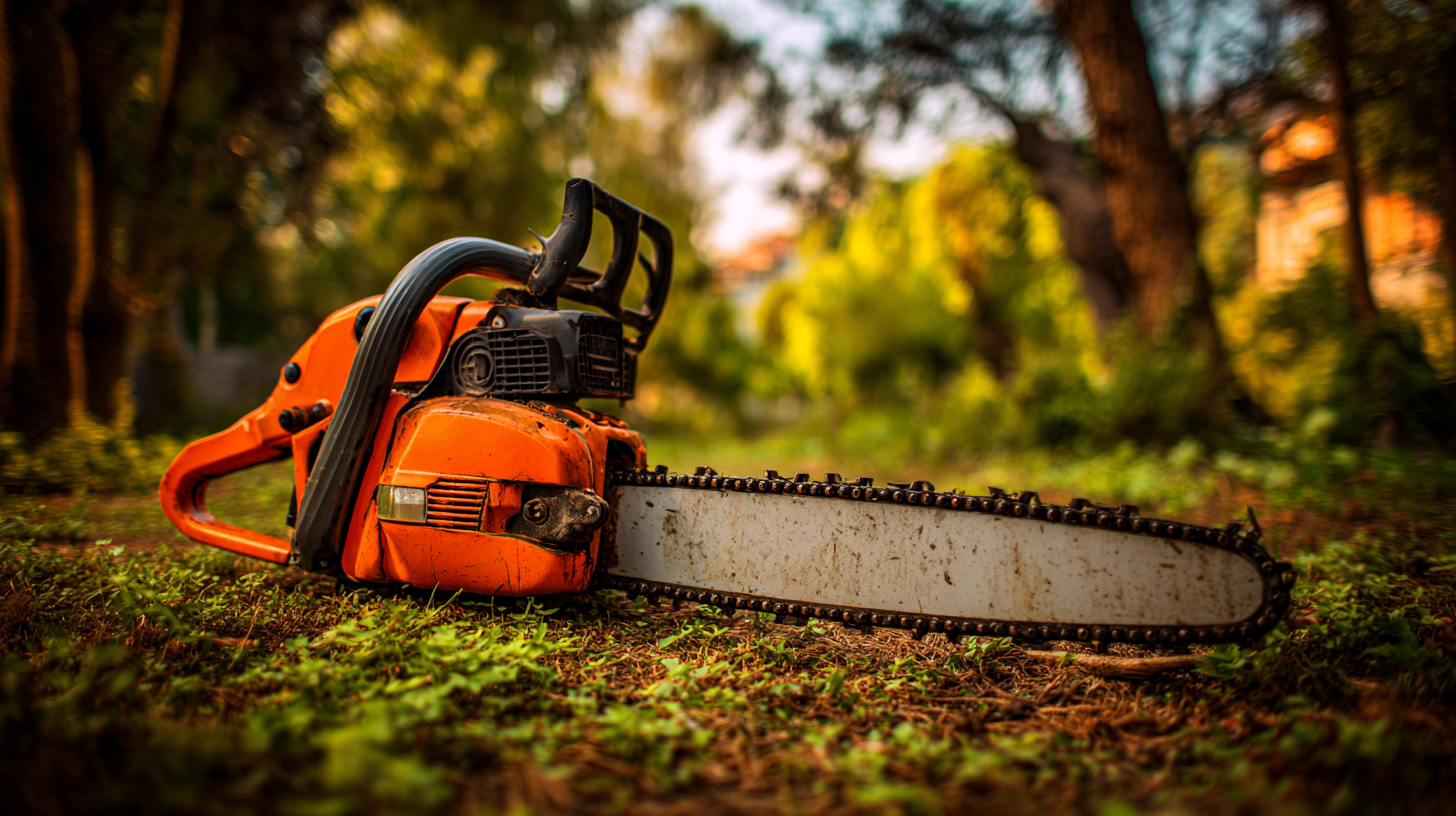
Related Posts
-

How to Choose the Best Hand Held Chain Saw for Your Cutting Needs
-
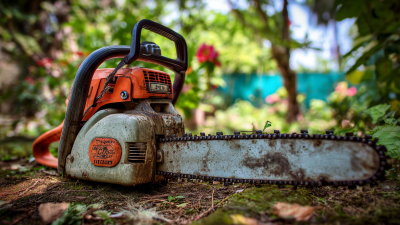
The Ultimate Guide to Choosing the Best 40.2cc Chain Saw for Your Needs
-

Emerging Trends in Hand Held Chain Saws at the 2025 China Import and Export Fair with Market Growth Projections
-
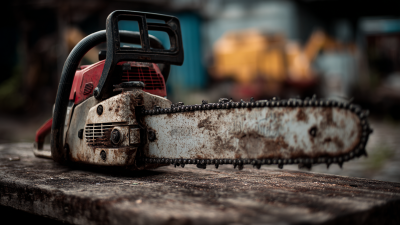
Exploring the Ultimate Guide to Choosing the Best Chain Saw for Your Needs
-
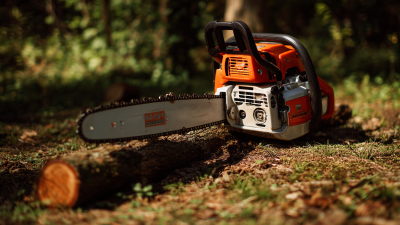
Why the 58cc Chain Saw is Essential for Every Outdoor Enthusiast
-

7 Reasons Why Quality Lawn Mower Parts Can Save You Money and Time




